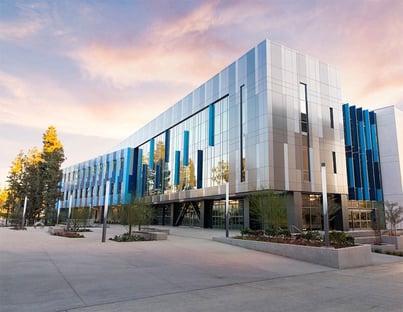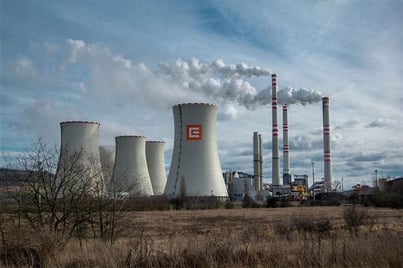With environmental concerns and health regulations continuing to gain momentum, businesses everywhere are beginning to recognize the importance of...
How to Reduce Allergens in Schools Schools are notorious for harboring allergens. Here are four steps to reduce allergen levels in schools, and why...
7 IoT Technology Trends in 2024 There's plenty on the horizon for the Internet of Things in 2024. Learn about the most cutting-edge IoT developments...
Lead is a common but harmful contaminant, identifiable by a handful of signs. These five signs are clear indicators of dangerous levels of lead in...
What To Do About Mold in the Workplace Requiring only the presence of moisture and oxygen to thrive, mold can be found practically anywhere on Earth....
Key Benefits of Using an IoT Monitoring Platform IoT allows building managers to gain insights into critical systems and equipment, but bringing all...
How To Test Air Quality in Office in 6 Steps Testing air quality in an office space requires setting goals, choosing effective equipment,...
IoT Energy Management: Benefits and Uses IoT energy management is the latest tech-driven approach to energy conversations, allowing you to take...
A leaky faucet, at the rate of one drop per second, wastes up to 2,700 gallons of water per year. Leaks aren't just costly from a utility standpoint....
Receiving an air quality alert on your phone is a frightening experience, and many don't even know where these warnings originate.







